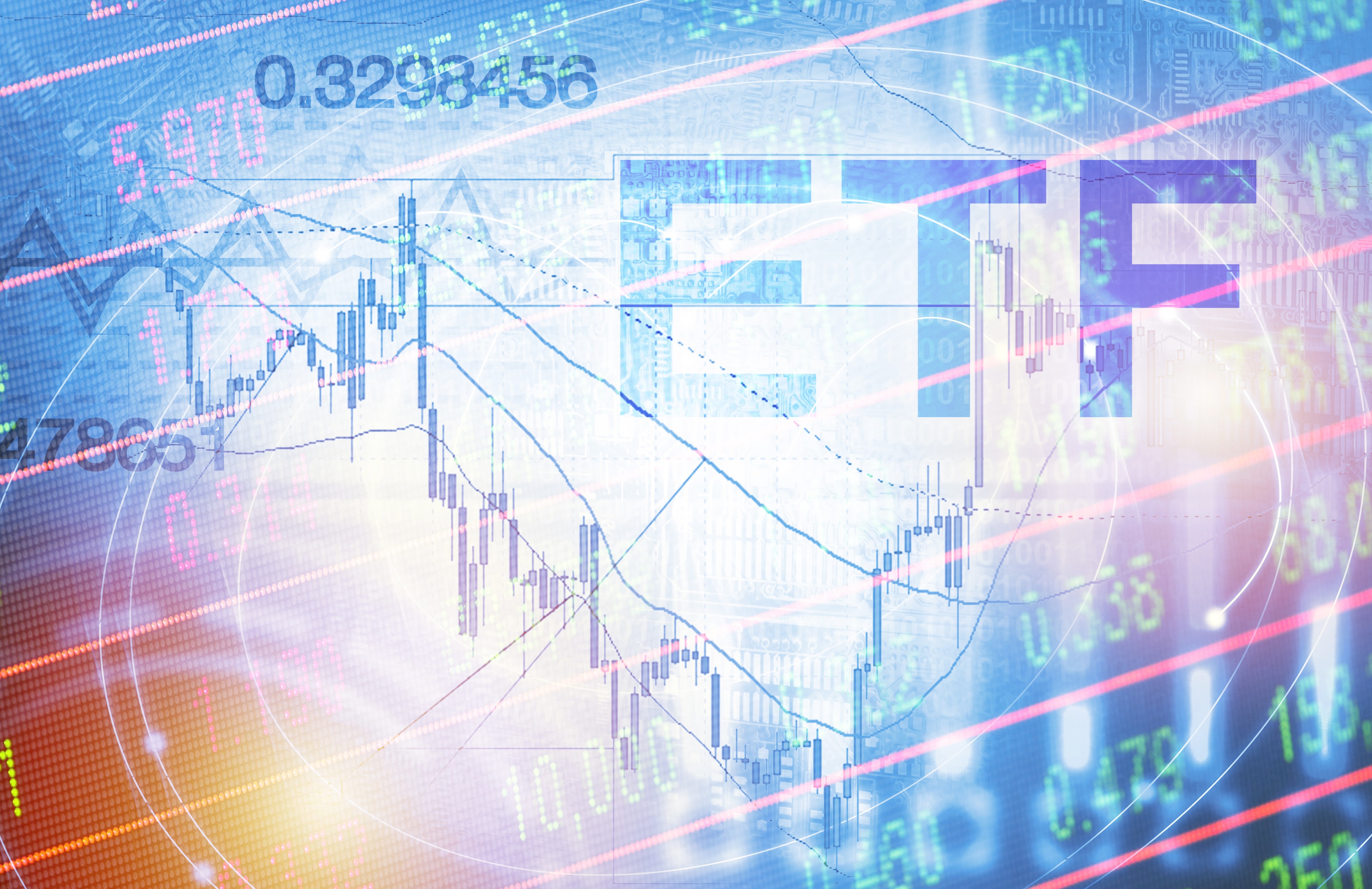Investors buying in-demand ETFs risk incurring “economically significant” costs as popular strategies command inflated price tags versus the securities in their underlying basket, according to recent academic research.
In a study, titled ETF Arbitrage, Non-Fundamental Demand, and Return Predictability, academics from the universities of Arizona, Colorado Boulder and Utah found demand shocks not based on the fundamental value of underlying holdings creates “mispricing” and “distortions”.
While these events represent attractive arbitrage opportunities for authorised participants, they should act as alarm bells for would-be ETF investors, the research argued.
The largest ETF during the report’s timeframe – 2007 to 2016 – was the SPDR S&P 500 ETF Trust (SPY) which housed $226bn at the end of the nine-year period.
In the study, SPY mispricing meant investors’ internal rate of return (IRR) underperformed the returns of a single share by 37 basis points (bps) per year.
“Trading by authorised participants only occurs if there is a profitable arbitrage trade, and this must indicate that there was excess demand for either the ETF shares or the underlying assets,” the research said. “Since the ETF shares are a claim to the underlying assets, excess demand for either the shares or the underlying assets must be due to a non-fundamental force.”
This dynamic played out in reverse as investors rushed to offload UK gilts following Chancellor Kwasi Kwarteng’s divisive ‘mini budget’, which saw Europe’s largest broad UK gilt ETF, the $1.2bn iShares Core UK Gilts UCITS ETF (IGLT) trade at a 1.08% discount to its net asset value (NAV) last Tuesday, 180-times greater than its historical average daily deviation.
Feeding the mispricing dynamic, the authors said non-fundamental demand causes investors to mistime their asset allocation decisions between risky and safe assets, reducing their profits.
Illustrating this, SPY’s share-growth-adjusted return (SGAR) – which looks at an investor who rebalances monthly across a risk-free asset and the ETF based on the previous month’s flows – of 5.43% differed from its simulated expected SGAR of 6.91% by 148bps a year.
The research added: “While SPY’s management fee is nine bps annually, our analysis of IRR and SGAR suggests non-fundamental demand imposes indirect costs on investors that are an order of magnitude larger than the ETF’s management fee.
“Ultimately, it is an empirical question of whether ETF flows signal large price distortions. We find that they do.”
Testing this theory, the authors constructed a long-short portfolio that bought the ETFs with the lowest flows over the previous month and sold those with the largest flows. Overhauling the portfolio each month, researchers generated excess returns of 1.1% to 2% a month.
They added ETFs in the top decile of flows underperformed ETFs in the bottom decile by an average of 1.8% over the following month, a trend that held true over three and six-month horizons and was particularly pronounced across leveraged and high activity ETFs characterised by volatile flows.
Elsewhere, there are other examples of how investors lose out to some of the inopportune supply and demand dynamics playing out within ETFs.
A 2021 study of Tesla’s addition to the S&P 500 by Research Affiliates showed index trackers had to buy $94bn of the EV maker’s stock after it had already surged 57% after its arrival in the US large cap benchmark had been announced.
Over the same time, outgoing Apartment Investment and Management fell 17%. In the six months that followed, AIV rallied 60% and Tesla fell 10%, meaning S&P 500 ETF and index fund investors crystallised a 0.41% loss while creating an opportunity for active traders.
Related articles





